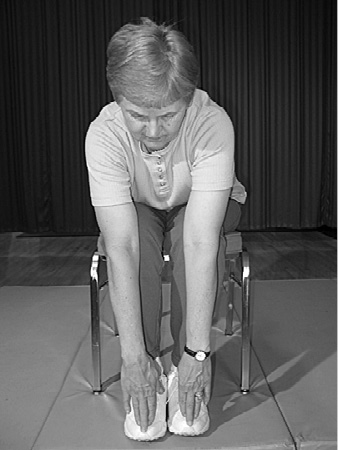Age Spots And Liver Spots – Can They Mean Cancer?
 Age spots also go by the name of liver spots and can be referred to in medical circles as a lentigo. By any name they can be described as irregularly shaped, roundish, flat spots on the skin that range in color from grayish to dark brown and range in size from very small to one quarter inch. These spots are commonly found on the backs of the hand, face, shoulders and arms as these areas are most exposed to sunlight.
Age spots also go by the name of liver spots and can be referred to in medical circles as a lentigo. By any name they can be described as irregularly shaped, roundish, flat spots on the skin that range in color from grayish to dark brown and range in size from very small to one quarter inch. These spots are commonly found on the backs of the hand, face, shoulders and arms as these areas are most exposed to sunlight.
Age or liver spots are more common in adults over the age of 40 but can be seen in younger people as well. Actual age spots are non-cancerous and of no medical concern; however, they can resemble cancerous growth on the skin and for this reason new age spots should not be dismissed. An evaluation by a dermatologist or health care professional may be necessary to rule out cancer.
Age pr liver spots are caused by sun exposure along with the accumulation of an insoluble lipid (fat) pigment called lipofuscin under the skin. Prevention of long periods of sun exposure when younger or the use of sun screen can prevent these skin changes; however, if the spots have already appeared and they are considered an unwanted cosmetic issue, then they can be lightened using a number of different treatments as listed below:
Bleaching creams may be prescribed to fade the spots. This process will take several months.
Laser treatment. Lasers can be used to remove the dark pigment from the skin. This therapy is more expensive and may take several sessions.
Freezing. The application of liquid nitrogen or other freezing agents can lighten the affected skin. This procedure may be more effective on single or small groupings of age spots.
Dermabrasion. This procedure rubs away or abrades the top layer of skin allowing new lighter skin to replace it.
Chemical peel. This treatment method involves applying an acid to the dark spot, which burns the affected layer of skin. New lighter skin replaces the damaged skin. This procedure may take several applications.
Age spots are common in adults over the age of 40 and considered harmless, yet because they can mimic a cancerous growth they should be evaluated by a health care professional. If found to be harmless, then one of the aforementioned treatment methods may lighten the spots.
